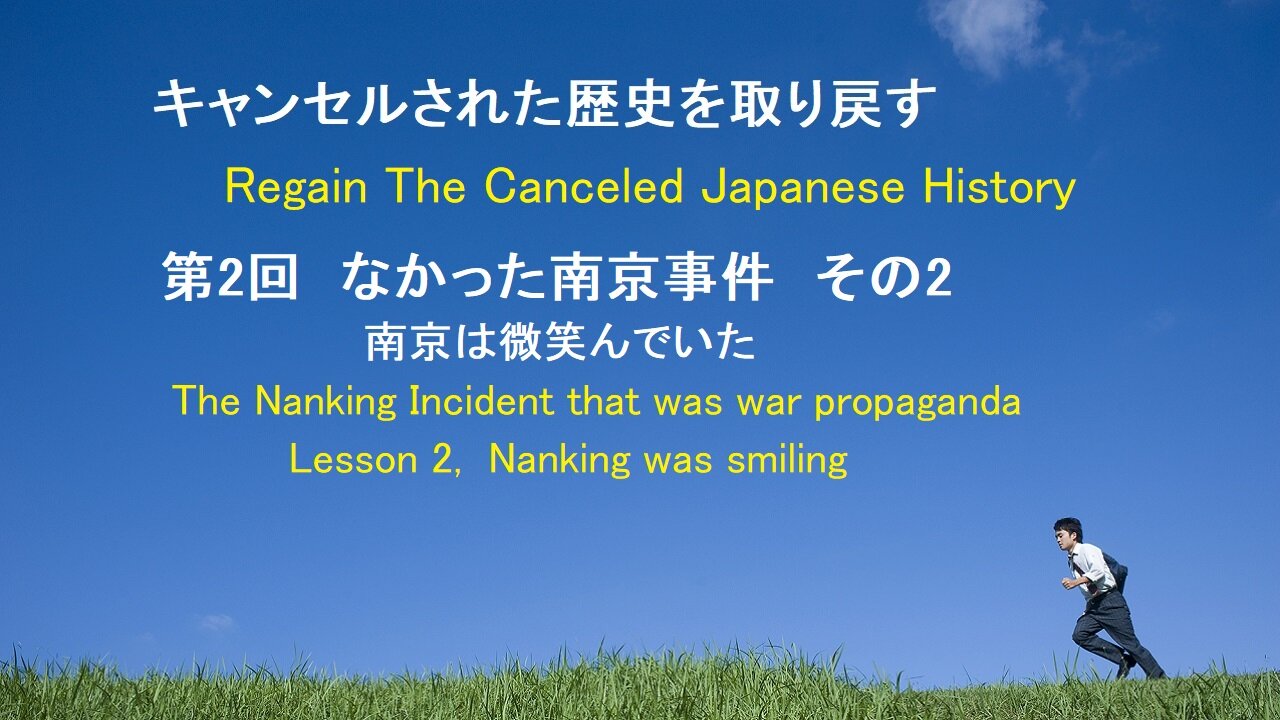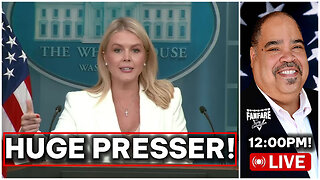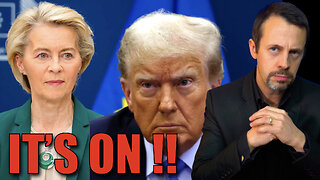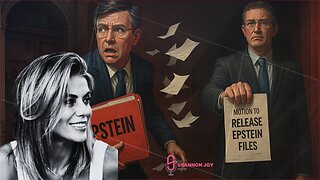Premium Only Content

Nanjing Incidnt was war propaganda (2) "Nanjing was smiling"
Hello everyone. The second lesson to regain the canceled history is the Nanjing Massacre Part 2. Then, how was the actual situation in Nanjing city at that time?
Indeed, as the Chinese Communist Party government says, if the Japanese military had illegally killed as many as 300,000 Chinese in the city, there would be no Chinese in the city.
The population of Chinese in Nanjing at that time was said to be 100,000 for the Nanjing Defense Force and 200,000 for its citizens. The number of 200,000 citizens was because a safety zone was established at that time, and the safety zone committee that managed it said that it was 200,000.
They were always concerned about the food of the people in the safety zoon.
The Chinese army can be calculated as zero due to killed in action, prisoners of war, and retreat, so it is estimated that there are 200,000 civilians in the city's safe zone.
However, the population of citizens after the occupation of the Japanese army had increased from 200,000.
Because the security was stable and the Chinese were back.
This is a photo of "Nanjing smiles", Asahi Shinbun, December 25, 1945, introduced in "The Truth of Nanjing". After that, the Chinese Communist Party government increased the population number to 1 million including the area around Nanjing.
However, it is said that the Chinese Army burned down all the buildings around Nanjing to make them unavailable to the Japanese army. It is an ancient Chinese strategy.
For this reason, both the people around Nanjing and in it escaped from the city, and the remaining people are believed to have evacuated to a safety zone where the Japanese military would not attack under international law.
At that time, there were many newspaper reporters and cameramen in Nanjing who moved with the Japanese army, writing and sending articles. Yuji Maeda of Doumei Press was one of them.
The following is an excerpt from his book "In the Flow of War": "On the 14th, reporters, cameramen, and radiotelephone engineers came in one after another from each gate.
Reporters Tokio Oga, Kenkichi Higuchi, Takeshi Kosaka, Matsu Kato, Mikizo Fukasawa, Photographer Mikiji Inazu, a radiotelephone engineer Kutaro Kikuchi, and assistants Koga, Teshima, Nakamura, etc.
The temporary bureau had swelled to 33 people.
Compared to 10 to 15 people of other companies, it became a large unit, but this backfired. There was no problem because both the reporter and the cameraman went out for coverage during the day, but when everyone returned in the evening, the field bureau was full of humans.
It is also written as follows. They ware totally baffled by the news that after the occupation, there was a large-scale looting, assault, and arson in the refugee area.
It is also written as follows. They ware totally baffled by the news that after the occupation, there was a large-scale looting, assault, and arson in the refugee area.
This is because the security in the safety zoon has been restored. It was shortly after that which the news of the violence of Japanese soldiers in the refugee zone was transmitted from Shanghai.
In other words, it was just before we started a peaceful daily life at a branch office in the refugee district that had regained its former vibrancy.
We looked at each other. None of Arai, Horikawa, Atsoo Nakamura, and the photographs, movies who were working hard around the city didn't know about the violence after the restoration of security.
The elimination of the remaining enemies and the detection of Chinese soldiers who fled into the safety zone and lurked were also over on the 14th.
If there was such an illegal act, it could not have been in the eyes of the 100 reporters of each company, not only us.
If there was such an illegal act, it could not have been in the eyes of the 100 reporters of
each company, not only us.
None of the hundred reporters in Nanjing at the time have witnessed the massacre of 300,000 people that the Chinese Communist Party government says.
However, time passed and three Japanese reporters came to say they had seen the Nanking Massacre. Records of where they were at the time quickly turned out to be inconsistent.
Goodbye everyone! See you again.
-
 1:05:24
1:05:24
Timcast
2 hours agoTulsi Drops PROOF Obama Ordered COUP Against Trump, Obama FURIOUS
130K82 -
 2:11:26
2:11:26
Steven Crowder
5 hours ago🔴BREAKING: Tulsi Drops Major Receipts Proving Obama Treason over Trump Russia Hoax
381K295 -
 1:27:20
1:27:20
Nikko Ortiz
2 hours agoLive - Most Painful Clips
20.6K1 -
 LIVE
LIVE
Barry Cunningham
13 hours agoDON'T MISS TODAY'S WHITE HOUSE PRESS CONFERENCE WITH KAROLINE LEAVITT (AND MORE NEWS)
2,640 watching -
 LIVE
LIVE
IrishBreakdown
2 hours agoBig Ten/ACC Going After The SEC - Notre Dame Buy/Sell/Hold
40 watching -
 19:18
19:18
Neil McCoy-Ward
2 hours ago🔥 JUST ANNOUNCED! It's About To Get REAL Between the US & EU! 🇺🇸🇪🇺
7.32K6 -
 1:35:39
1:35:39
The Mel K Show
2 hours agoMORNINGS WITH MEL K - Seditious Conspiracy to Defraud the PEOPLE of the United States of America 7-23-25
20.4K10 -
 LIVE
LIVE
LFA TV
16 hours agoLFA TV ALL DAY STREAM - WEDNESDAY 7/23/25
3,072 watching -
 LIVE
LIVE
Law&Crime
5 hours ago $5.90 earnedLIVE: Bryan Kohberger Sentencing — ID v. Bryan Kohberger
327 watching -
 1:24:46
1:24:46
The Shannon Joy Show
4 hours ago🔥🔥Running Scared!! Speaker Mike Johnson SHUTS DOWN The House To Avoid The Massie Vote To Release The Epstein Files!🔥🔥
19.4K13